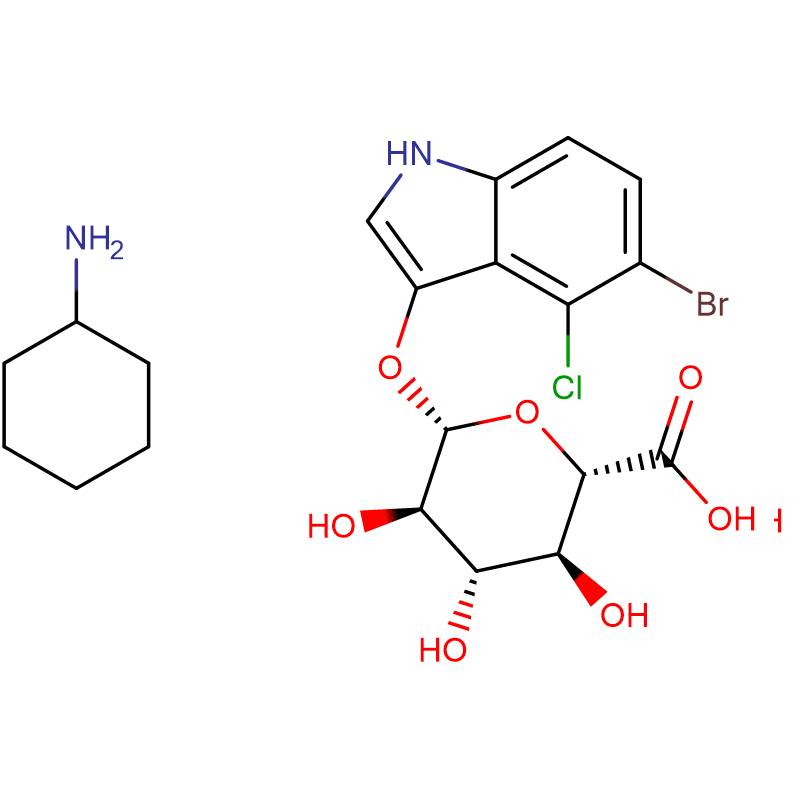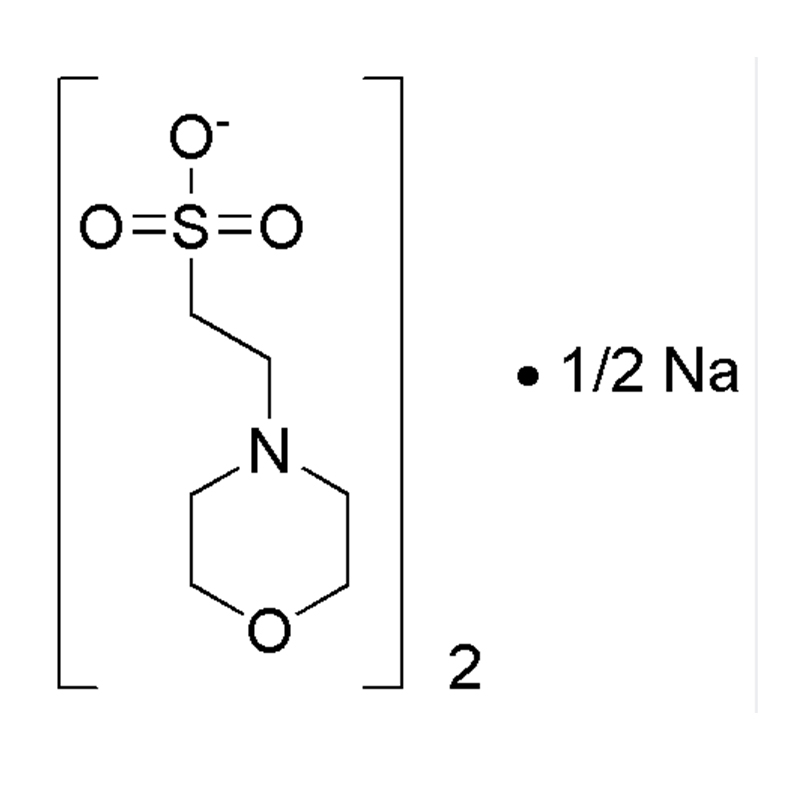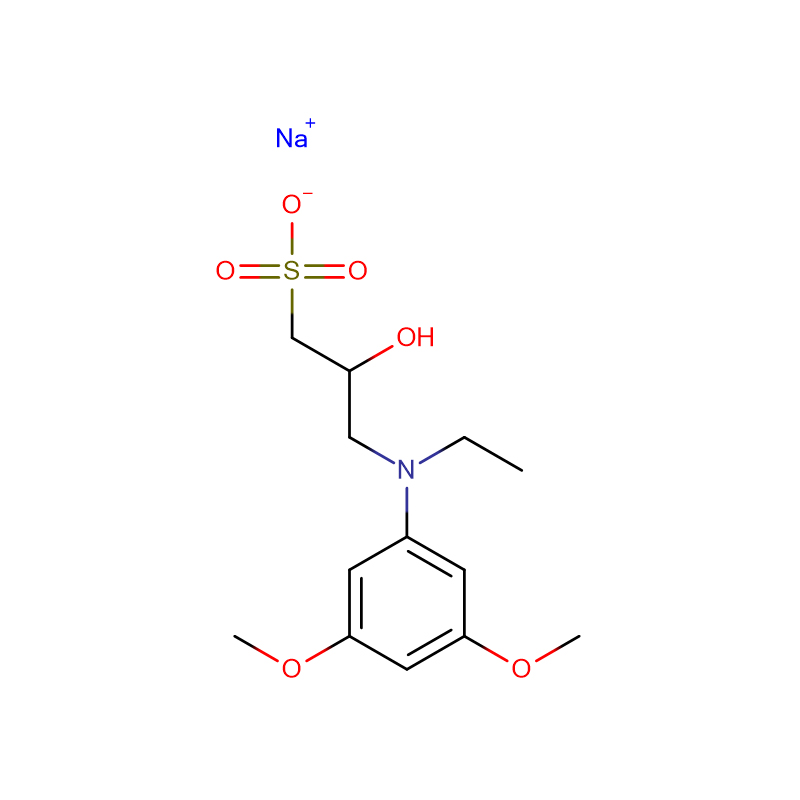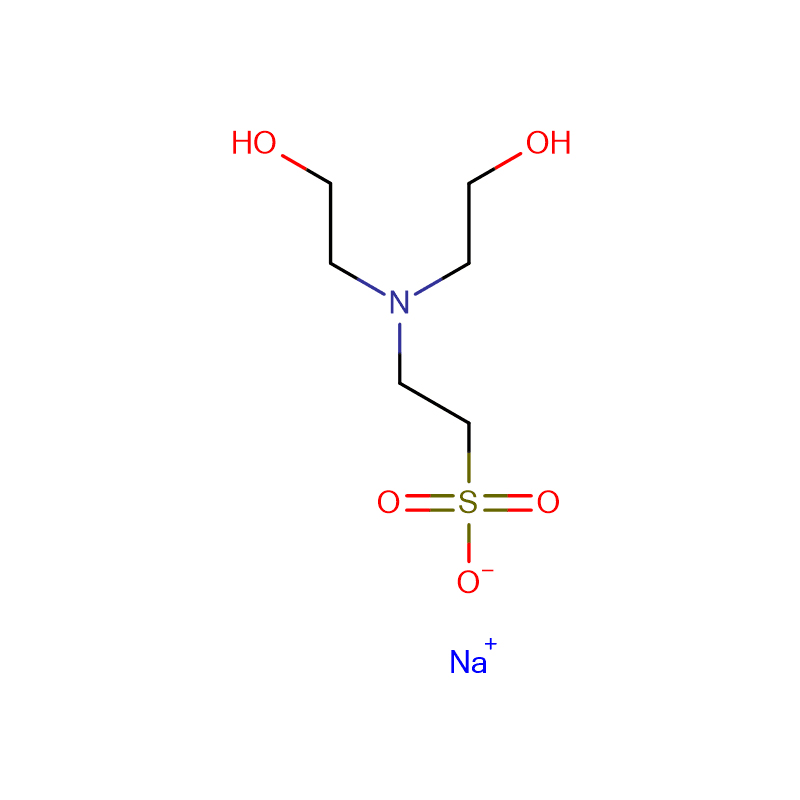5,6-Dihydro-3-(4-morpholinyl)-1-[4-(2-oxo-1-piperidinyl)phenyl]-2(1H)-pyridinone CAS: 545445-44-1
| Catalog Number | XD93344 |
| Product Name | 5,6-Dihydro-3-(4-morpholinyl)-1-[4-(2-oxo-1-piperidinyl)phenyl]-2(1H)-pyridinone |
| CAS | 545445-44-1 |
| Molecular Formula | C20H25N3O3 |
| Molecular Weight | 355.43 |
| Storage Details | Ambient |
Product Specification
| Appearance | White powder |
| Assay | 99% min |
5,6-Dihydro-3-(4-morpholinyl)-1-[4-(2-oxo-1-piperidinyl)phenyl]-2(1H)-pyridinone, also known as DMPHP, is a heterocyclic compound with various applications in medicinal chemistry and drug discovery. Here is a description of its uses in about 300 words.DMPHP is known for its potential as a potent and selective inhibitor of certain enzymes and receptors in the human body. One of its primary applications is in the field of kinase inhibition. Kinases are enzymes that play a crucial role in cell signaling pathways and are often implicated in various diseases, including cancer. DMPHP has been found to selectively inhibit specific kinases, thereby interrupting aberrant signaling cascades that contribute to disease progression. This makes it a promising candidate for the development of targeted therapies for a range of diseases, including cancer, inflammation, and neurological disorders.Furthermore, DMPHP has demonstrated potential in the area of anti-inflammatory and immunomodulatory activity. Inflammation is a natural response of the body to infection or injury but can become chronic and lead to various diseases. DMPHP has shown the ability to inhibit certain pro-inflammatory pathways, reducing the production of inflammatory mediators. This property makes it a valuable tool in the development of anti-inflammatory drugs, aiding in the treatment of conditions such as rheumatoid arthritis, inflammatory bowel disease, and asthma.DMPHP has also been investigated for its potential as an analgesic or pain-relieving agent. Chronic pain is a significant health issue, and current treatment options often have limitations or unwanted side effects. DMPHP has shown analgesic effects in preclinical studies, suggesting its potential as a novel therapeutic for managing pain. By modulating specific receptors and neurotransmitters involved in pain sensation, DMPHP may offer an alternative approach to pain management with potentially fewer side effects.Additionally, DMPHP has shown promise in the field of central nervous system (CNS) disorders. Neurological conditions such as Alzheimer's disease and Parkinson's disease involve complex mechanisms and dysregulation of various receptors and enzymes in the brain. DMPHP has been studied for its potential as a neuroprotective agent and for its ability to enhance cognitive function. By targeting specific receptors and pathways involved in neurodegenerative disorders, DMPHP holds promise as a therapeutic intervention for these challenging conditions.In conclusion, 5,6-Dihydro-3-(4-morpholinyl)-1-[4-(2-oxo-1-piperidinyl)phenyl]-2(1H)-pyridinone (DMPHP) is a versatile compound with potential applications in kinase inhibition, anti-inflammatory activity, analgesia, and neuroprotection. Its ability to selectively modulate specific enzymes and receptors involved in disease pathways makes it an attractive candidate for drug discovery and therapeutic intervention. Further research and development may uncover additional uses and optimize its properties for specific indications.


![5,6-Dihydro-3-(4-morpholinyl)-1-[4-(2-oxo-1-piperidinyl)phenyl]-2(1H)-pyridinone CAS: 545445-44-1 Featured Image](https://cdn.globalso.com/xdbiochems/白色粉末1024.jpg)
![5,6-Dihydro-3-(4-morpholinyl)-1-[4-(2-oxo-1-piperidinyl)phenyl]-2(1H)-pyridinone CAS: 545445-44-1](https://cdn.globalso.com/xdbiochems/粉末57.jpg)


![BES Cas: 10191-18-1 White powder 99% 2-[N,N-Bis(2-hydroxyethyl)amino]ethanesulfonic acid](https://cdn.globalso.com/xdbiochems/10191-18-1.jpg)


